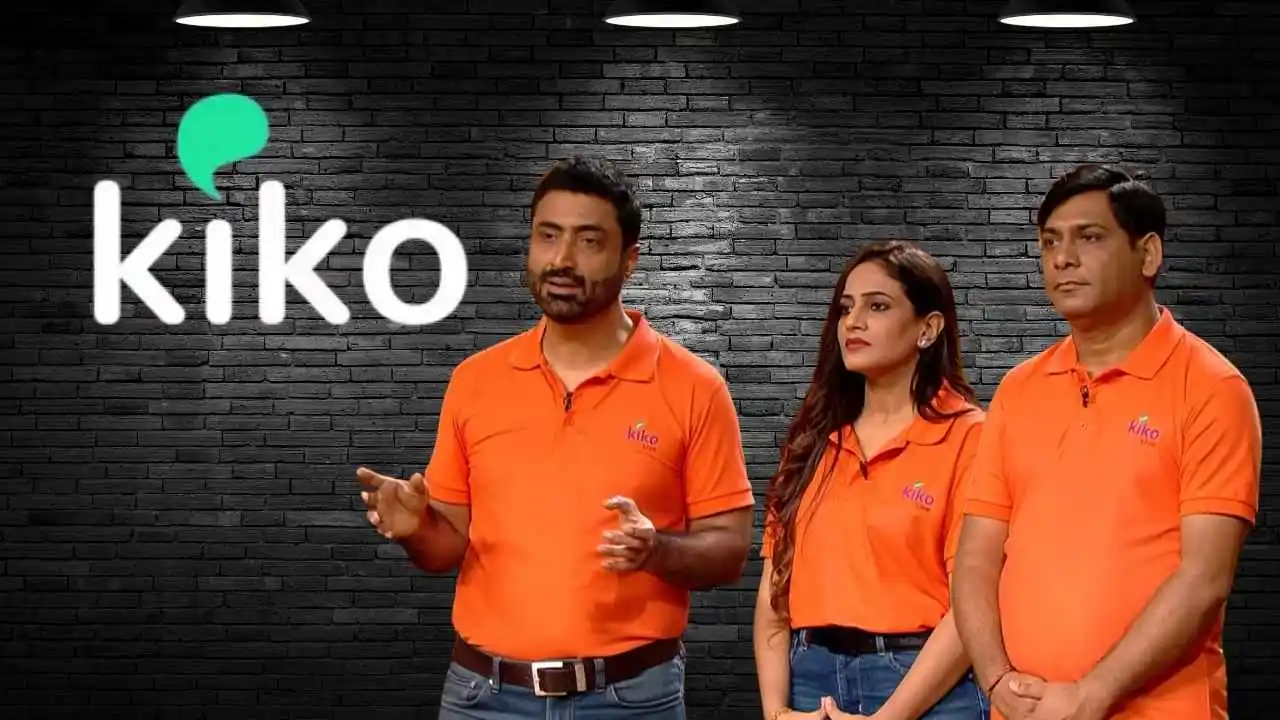Quick commerce has reshaped grocery shopping in India, promising ultra-fast deliveries. However, the cracks in its business model are becoming evident, with mounting losses for major players like Blinkit, Zepto, and Swiggy Instamart. Amid this turmoil, Mumbai-based startup Kiko Live is empowering traditional kirana stores to reclaim their market share.
The Rise and Struggles of Quick Commerce Giants
Quick commerce platforms have seen explosive growth, with the sector projected to reach $5 billion by 2025. Yet, this rapid expansion comes at a cost. Blinkit reported an EBITDA loss of ₹89 crore in FY25 Q3, while Swiggy Instamart’s losses deepened to ₹527.68 crore. Zepto CEO Aadit Palicha revealed that the industry burns approximately ₹5,000 crore quarterly, half of which is attributed to Zepto alone. These financial strains, coupled with slower deliveries and added fees, are pushing consumers to reconsider their preferences.
Kiko Live: Bridging the Gap for Kiranas
Founded in 2020 by Alok Chawla, Neeta Rijwani, and Virendra Kumar Chauhan, Kiko Live aims to digitize neighborhood kirana stores and enable them to compete with quick commerce giants. The platform provides kiranas with tools to set up online storefronts within 24 hours, automate WhatsApp ordering, and integrate with ONDC (Open Network for Digital Commerce). This allows retailers to connect with buyer apps like Paytm and PhonePe for better visibility and faster deliveries.
Key Features of Kiko Live
Hyperlocal Delivery Integration: Retailers can use ONDC-powered logistics or opt for self-delivery for nearby orders.
AI-Powered Shopping Experience: Buyers can interact with retailers via video calls or in-app chats. AI detects product names mentioned during conversations and creates a cart automatically.
Inventory Management: Retailers can sync their physical inventory with the app using PoS systems or simple Excel uploads.
Affordable Onboarding: Kiko charges ₹3,000 for onboarding services or offers a zero-joining fee plan with limited support.
Why Kiko Live Stands Out
Unlike dark store models requiring heavy upfront investments, Kiko Live leverages existing kirana infrastructure to offer cost-effective solutions. The app has processed over 6.5 lakh transactions and boasts a user base exceeding 5 lakh. Its patented multi-search feature simplifies grocery shopping by allowing users to paste entire lists into the search box.
Challenges and Future Plans
Operational efficiency remains a hurdle as retailers adapt to 30-minute delivery standards. Kiko plans to invest heavily in training and expanding its presence in Tier 2 and Tier 3 cities. With monthly revenue growing from ₹3-4 lakh to ₹10 lakh post-ONDC integration, the startup aims to achieve ₹5 crore GMV within six months.
The Road Ahead
Kiko Live’s success highlights the potential of retailer-led quick commerce as an alternative to dark stores. By digitizing kiranas and enhancing their delivery capabilities, the platform is not just helping local businesses survive but thrive in a competitive market.
As quick commerce giants struggle with sustainability issues, platforms like Kiko Live are paving the way for a more inclusive and efficient retail ecosystem—one where kiranas strike back stronger than ever!
